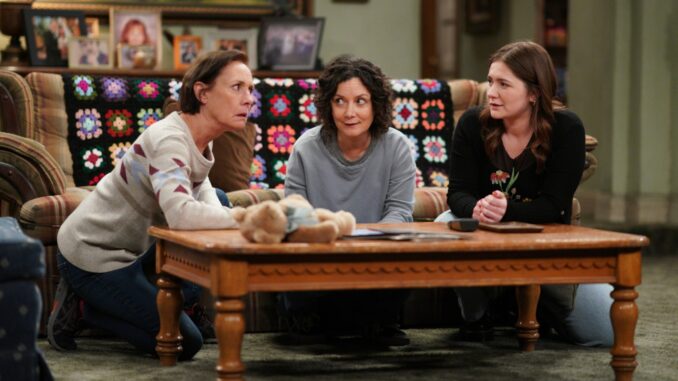
In a television landscape dominated by reboots and revivals, few returns have been as highly anticipated and closely watched as the revival of the groundbreaking sitcom “Roseanne.” After a 21-year hiatus, the iconic Conner family made their long-awaited comeback to the small screen, captivating audiences and sparking a cultural conversation.
The original “Roseanne” series, which aired from 1988 to 1997, was a trailblazing and unapologetic portrayal of working-class family life in America. Led by the brash and brutally honest Roseanne Barr, the show tackled sociopolitical issues with a refreshing candor, while also delivering heartwarming moments of familial love and resilience.

When ABC announced the revival in 2017, the news was met with a mix of excitement and trepidation. Could the Conner family recapture the magic that had made the original series so beloved and influential? And how would the show navigate the vast cultural and political changes that had occurred in the intervening decades?
As the premiere date approached, the producers and cast worked tirelessly to ensure that the revival would live up to the legacy of the original. Roseanne Barr, who had been reluctant to revisit the character that had made her a household name, was persuaded to return, recognizing the importance of bringing the Conner family back to life.
“There was a lot of pressure, both internally and externally, to get this revival right,” said executive producer Bruce Helford. “We knew that the audience had an incredibly strong emotional attachment to these characters, and we wanted to honor that while also reflecting the realities of the present day.”
The result was a season that seamlessly blended the show’s signature humor and heartfelt moments with timely social commentary. From tackling the economic struggles of the working class to exploring the divisive political climate, the revival of “Roseanne” proved to be a bold and unapologetic return to form.
“We wanted to capture the essence of what made the original series so special, but also to evolve the characters and their perspectives in a way that felt authentic and relevant,” said Roseanne Barr. “It was a delicate balance, but I think we managed to strike it.”

The revival’s success was undeniable, with the premiere episode drawing over 18 million viewers – a remarkable feat in an era of fragmented viewership. The show’s return not only resonated with longtime fans but also found a new generation of viewers, captivated by the Conner family’s relatable struggles and the show’s willingness to tackle complex social and political issues.
As the dust settles on the revival’s triumphant return, the legacy of “Roseanne” continues to loom large. The show’s ability to connect with audiences across the political spectrum and its willingness to tackle difficult topics have cemented its place as one of the most influential and groundbreaking sitcoms in television history.
The Conner family’s comeback has not only revived a beloved series but has also reignited a broader conversation about the role of television in reflecting and shaping the experiences of everyday Americans. As the industry continues to evolve, the success of the “Roseanne” revival serves as a powerful reminder of the enduring appeal of authentic, unapologetic storytelling.
